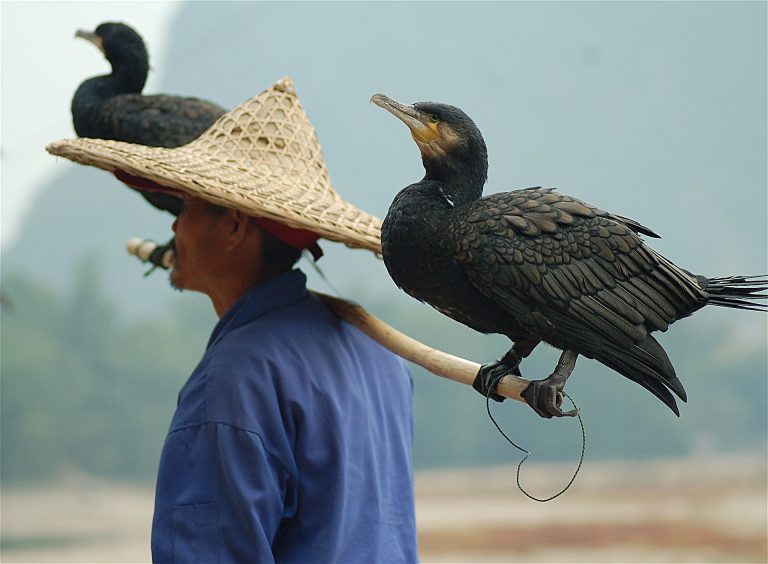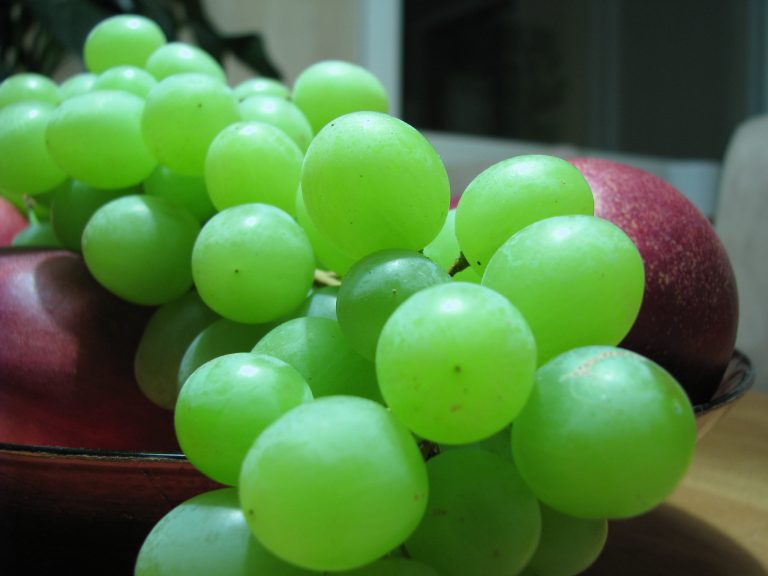Plastic has been used en masse for less than a century, but has had a huge and lasting impact on our environment.
The very durability that makes plastics so useful is the same reason it can be such a problem. How do we get rid of it responsibly? While many plastics are now recyclable, or made of recycled material, the vast majority of all the plastic ever produced is accumulated as trash.
Plastic pollution
Plastic has already become a widespread catalyst for pollution. Because it is not biodegradable, almost 80% of the world’s plastics end up in landfills or, worse still, in our environment.
Recycling plastic is commonly heard of, but only 9% of the world’s plastic has been recycled, presumably because some plastics are more difficult to recycle than others, and only clean plastics without any residue on them can be recycled.
Burning plastic is another alternative, providing energy-related benefits, but it is also costly and not renewable.
Success
You are now signed up for our newsletter
Success
Check your email to complete sign up
Thus, it is common to see plastic bags discarded carelessly everywhere, and nowhere is this more damaging than in the oceans. Images of collected rubbish contrasting with the clear, blue waters are an eyesore for viewers, but the scenes of animals dying due to pollution are even more heartbreaking.
Turtles often mistake transparent plastic bags for tasty jellyfish, and suffocate from either consuming the waste, or becoming entangled in it. Plastic straws, too, are a danger, as they break down into smaller particles that become readily ingested poisons for a variety of sea life.
Between California and Hawaii, the Great Pacific Garbage Patch contains the highest concentration of plastic waste; it covers an area thrice the size of France.
But it is not just the solid plastics causing widespread pollution. There are plastics that are so small, we would not be able to see them to avoid them.
Microscopic danger
While plastic is not biodegradable, it does disintegrate into much smaller pieces, culminating in a form of plastic called microplastics. Of the hundreds of millions of tons of plastic waste in our waters, much of it is in the form of tiny floating particles, no bigger than 5mm in dimension.
It is not widely known what these tiny particles could do to our environment, but Tom Stanton, a PhD researcher of the School of Geography and Faculty of Engineering, believes that microplastics are a substantial threat.
He said, “Microplastics are affecting our environment in so many ways, and it’s still something that we don’t fully understand.”
According to Stanton, rivers have become an entry point for microplastics to pass into the oceans, but there is no published work on this fact. He has dedicated his work to provide insight on the problem of freshwater microplastics by examining the pollution at the River Trent and the smaller Rivers Soar and Leen, in addition to “atmospheric fallout in local areas.”
Stanton has deduced that microplastics in freshwater are consumed by microorganisms like zooplankton, which then clog the gastrointestinal tracts before causing starvation. Toxic chemicals found on microplastics could also poison any creature that ingests them.

More alarming is the recent evidence by the Austrian Environment Agency and the University of Vienna, which finds that microplastics are making their way into our own bodies.
The research conducted by Tom Stanton and his team in the University of Nottingham paints an important picture of the threat of microplastics, which is supported by the academic microplastic community. Speaking to an international microplastics conference, he emphasized the importance of combating microplastics, stating that it is not the plastic that is the problem, but what we do with it.
“We need to stop using plastic that is not necessary, and to have a much simpler and more transparent recycling system,” he said. “Plastic is not the root of the problem, but rather the single-use lifestyle that we have become accustomed to.”
Tom also stressed the need for officials from the government, industry, and the public itself to be aware of the problems posed by plastics and microplastics.
Cleaning microplastics out of the ocean
In searching for an answer to the problem that not only affects marine life, and potentially human life, but also clogs the sieve-like filters of water treatment plants, one sea creature has been discovered to have a breakthrough solution.
The manta ray, the largest ray in the world, devours plankton by filtering water through their gaping mouths. When the water enters the mouth, tiny angled slats inside the filters create vortexes when water flows in. These swirly currents bounce the plankton away while the water seeps out without clogging the filters, allowing the manta ray to swallow all the plankton they consume in one gulp.
Scientists are now searching for ways to implement this same filtration system in water treatment plants to prevent microplastics from blocking their filters.
There is, in fact, a ship in the works that will use a cleaning system inspired by the ray. The vessel, called the Manta, is designed to scoop up and trap plastic waste in the ocean, serving a dual purpose of both cleaning the waters and providing a renewable source of energy for the boat. This would allow the ship to continue cleansing the seas for long periods of time.
In addition to cleaning the oceans, the ship will also conduct scientific missions and provide educational insight for the public when docked.
The Manta is planned to set sail in 2024.
As stewards of the Earth, we need to keep our lands and oceans clean and healthy, and the threat posed by microplastics must be acknowledged. Once we understand the danger, we can face the problem squarely, and help cleanse our oceans to preserve and protect all life on our planet.













